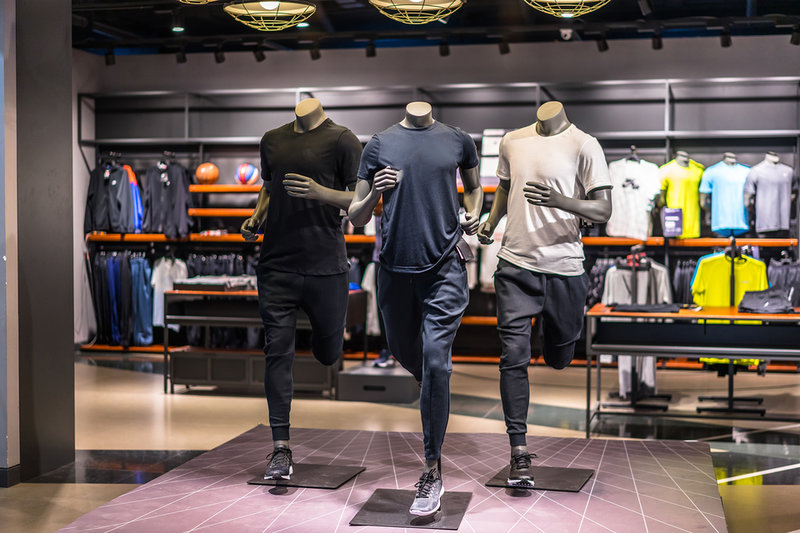The shape of a post-virus global apparel industry
As we head into 2022, ensuring the global apparel industry will thrive in an uncertain world is on everybody’s to-do list, argues apparel industry expert David Birnbaum.

There appears to be three groups within the global apparel industry, each with their own understanding of the problem and each with their own solution.
- The problem is the result of the pandemic and the new industry will be the same as the old industry.
- Solution: We don't need to do anything
- The pandemic is the root cause of the problem. The new industry will be fundamentally different, but we are all victims because we cannot predict the future.
- Solution: We can't do anything
- The pandemic was simply a catalyst of long existing problems. We can and must identify those problems.
- Solution: We must do something
Those searching for solutions and wanting to do something have the most difficult job.
We are moving into a time where the number of sellers is expanding while the number of buyers is contracting.
On the seller side, retailers went through decades of consolidation when the large retailers swallowed their smaller competitors, while at the same time the large investment required to open a store kept outsiders out of the sector. The advent of the internet brought this trend to an abrupt end because e-commerce offered consumers a service beyond traditional bricks and mortar, and more importantly the investment entry cost to e-commerce is negligible.
On the buyer side, changes in consumer spending patterns brought equally abrupt changes. New markets offered viable alternatives to shopping for new clothes: Think used (preloved) clothing, renting rather than buying; and that all-time great game-changer — returns whereby a consumer can buy 10 garments, wear 10 garments, return 10 garments, and pay $0.
What does the post-virus global apparel industry look like?
The post-virus global apparel industry is rapidly becoming a global game of musical chairs where each time the music stops — a retailer, brand, factory, or middleman — is left standing, without a place at the table.
To survive in this new industry, players must accept the problems they face and find practical solutions.
What are the most urgent problems facing the post-virus global apparel industry?
The most urgent problems facing the post-virus global apparel industry are:
Generic retail: Returns, markdowns and bad fit.
Bricks and mortar stores: Long lead-times, retail sales limited by location, lowest-common denominator design. Constant need to increase mark-up
E-commerce: Consumers can neither see nor touch the garment, cannot try on the garment, often what they receive is not what they expected
Factories: Trapped in a past industry that no longer exists, inefficient factory layout, poor worker training, management poorly educated, unable to meet customer needs, unable to provide services required by customers and unable to redefine themselves.
What are the social and ethical demands facing the apparel industry?
The second and just as important factor facing the post-virus global apparel industry are social and ethical Demands.
Our industry is operating in a consumer dominated market. Moving forward this means survival will rest on our ability to meet consumers’ needs and requirements. Among the most important are sustainability and factory working conditions. To date we are not succeeding.
Our greatest obstacle is that we have virtually zero-credibility. Our consumers, on whom we all rely, do not believe us with good reason. For years, we have considered our consumers to be morons willing to accept any garbage we throw at them.
On the plus side, this is a time of great opportunity. For years we have been guided by the old adage: 'If it ain't broke, don’t try to fix it'. That is now out the window and is being replaced by the new adage: 'Change or die'.
Or: 'When a man knows he is to be hanged tomorrow, it does wonders to focus the mind today'.
BACK TO TOP
COMMENT